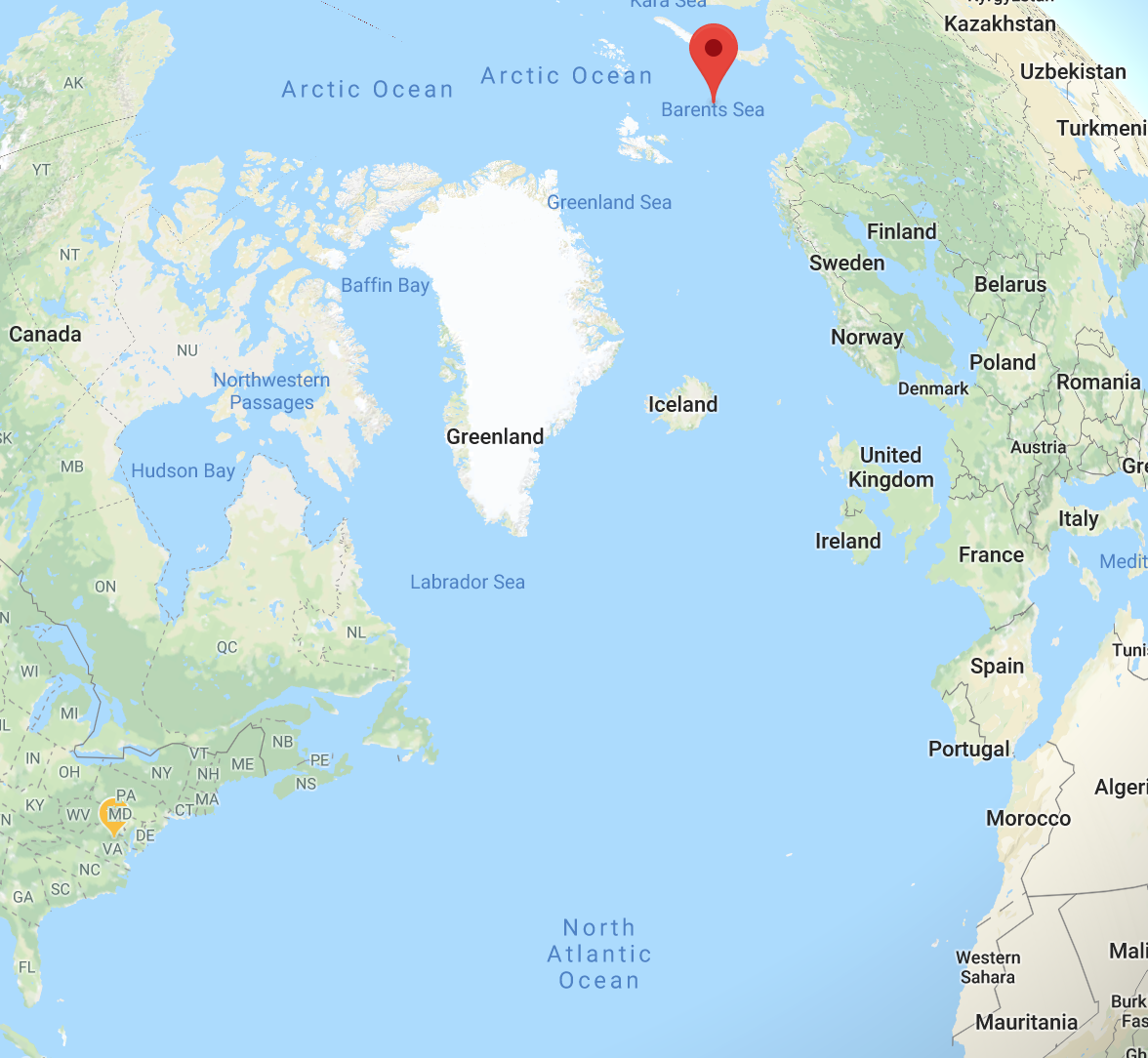J
jollyjacktar
Guest
Ivan has lost a naval recce ship in a collision off the coast of Turkey.
Russian navy vessel sinks after collision off Turkey
Crew of both ships safe after crash near Bosphorus Strait
Thomson Reuters Posted: Apr 27, 2017 8:02 AM ET| Last Updated: Apr 27, 2017 11:10 AM ET
A Russian reconnaissance ship sank after it collided with a Togo-flagged cargo vessel off the Turkish coast on Thursday, according to Turkey's coastal safety authority.
The Russian ship Liman and the other vessel, identified by authorities as Youzarsif H, collided in fog and low visibility in the Black Sea.
The Turkish coast guard said all 78 personnel aboard the Russian ship were rescued after it sent a tugboat and three fast rescue vessels to the area.
The freighter sustained minor damage — it is able to continue sailing — and all crew members are safe, according Turkey's transportation minister.
The ship was taking sheep from Romania to Jordan, according to Turkish broadcaster NTV.
Russia's defence ministry said the collision occurred about 40 kilometres northwest of the Bosphorus Strait.
The Bosphorus, which cuts through Istanbul, is one of the world's most important waterways for transit of oil and grains. The 27-kilometre waterway connects the Black Sea to the Mediterranean.
With files from The Associated Press and CBC News
© Thomson Reuters, 2017
Reuters
http://www.cbc.ca/news/world/russian-ship-collision-1.4088014




